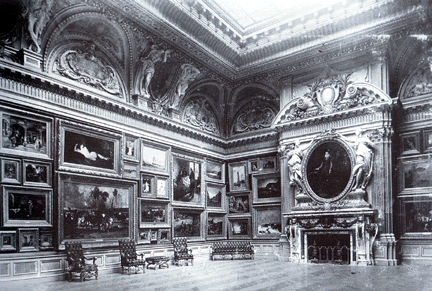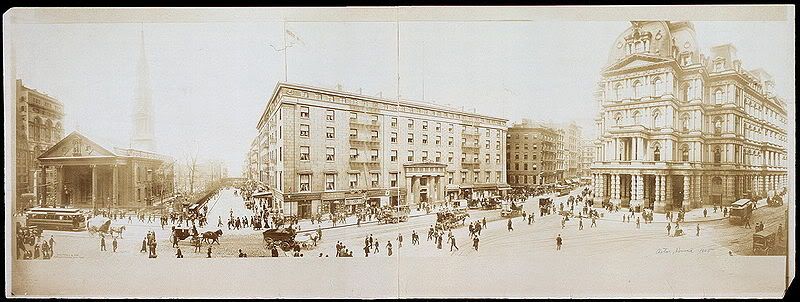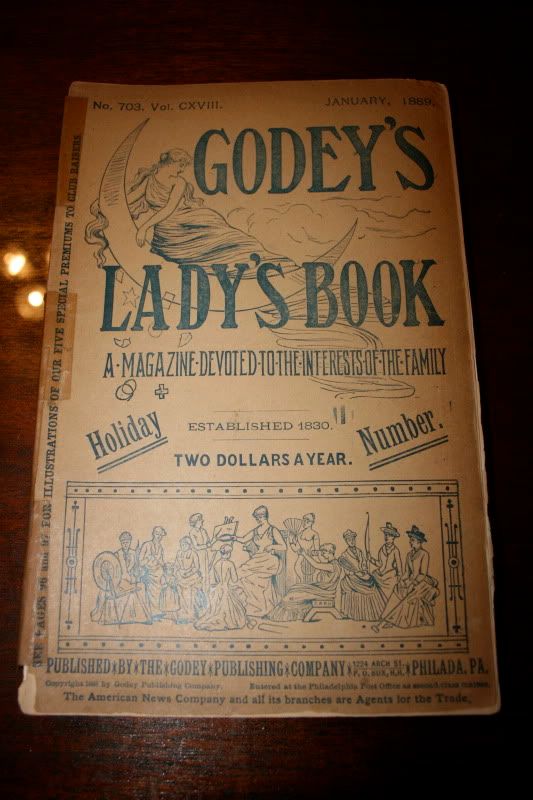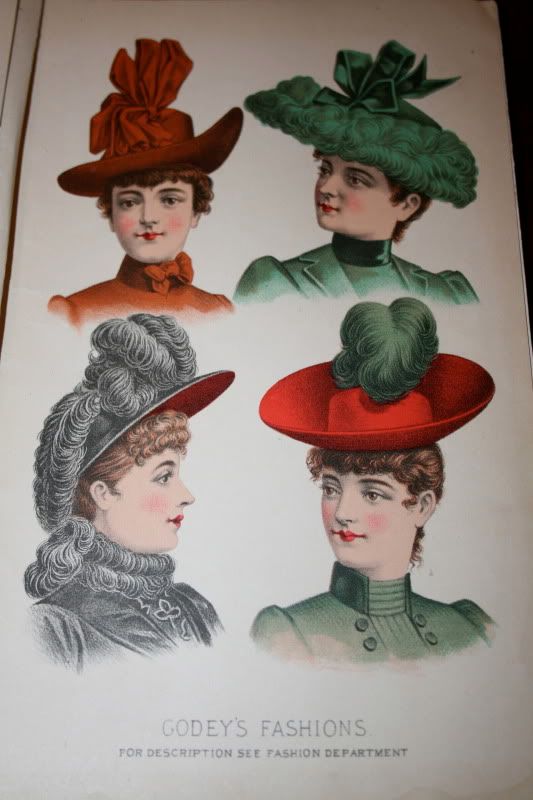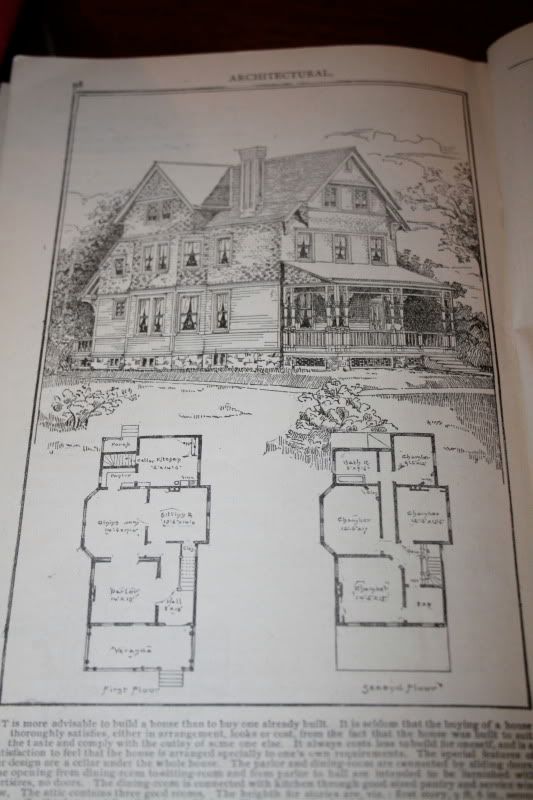As I said in my first post, in addition to the Victorian time period, I am also interested in the Edwardian era. While Vita Sackville-West was born at the end of the 1800s and perhaps does not qualify as Edwardian, she did write a novel called
The Edwardians and her life is rather fascinating, so I can't help but include her here.
 Philip de Laszlo portrait painted in 1910.
Philip de Laszlo portrait painted in 1910.
I first came across Vita while doing a little research on Virginia Woolf. Supposedly, the two were lovers...but I'm getting ahead of myself. Victoria Mary Sackville-West was born in 1892 to Baron Sackville of Kent. While attending Woolf's school, Vita met her first love, Rosemund Grosvenor, at the age of seven. Their relationship ended when Vita was married to politician and author Harold Nicolson in 1913.
 Harold and Vita in old age.
Harold and Vita in old age.
That is not to say that, after her marriage, she didn't continue to have affairs with women; Harold was bisexual as well, and the two had an open marriage which lasted until Vita's death in 1962. Her affair with novelist Violet Trefusis was perhaps the longest and most serious. Though both women were married, they would frequently escape to France, where Vita, dressed in men's clothing, would pretend to be a young man. She had other affairs with prominent women of the time, but none so famous as Virginia Woolf. According to Vita's son Nigel, Woolf's novel
Orlando (assumedly addressed to his mother) is "the longest and most charming love-letter in literature."
Vita had two children: Nigel, who would become a writer and politician like his father, and Benedict, an art historian. After returning to England from Spain in the 1930s, the family acquired Sissinghurst Castle, where Vita immersed herself in gardening. The gardens at Sissinghurst are still renowned as being one of the most beautiful in England.
 Modern day gardens of Sissinghurst in Kent.
Modern day gardens of Sissinghurst in Kent.
Most importantly, Vita Sackville-West was a writer. She published 17 novels, 6 nonfiction books (including a biography on Joan of Arc), and 11 volumes of poetry. Her most famous novels are
The Edwardians and
All Passion Spent, which was made into a film by the BBC in 1986. Vita won the Hawthorne Prize for her poem
The Land in 1927 and again in 1933 for her
Collected Poems. She is currently the only writer to have ever won the award twice.
A Selection of Sackville-West's Poems









